Home>Home Appliances>Kitchen Appliances>How To Remove Burn Stains From Glass Stovetop
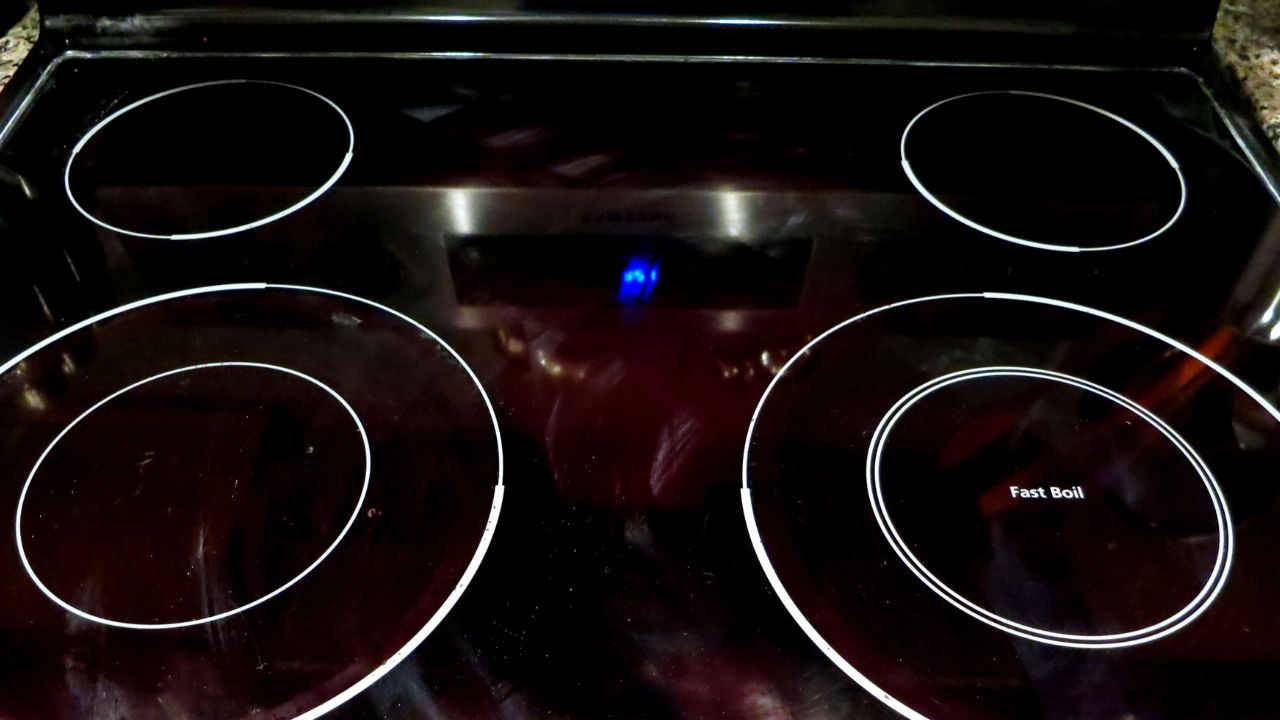

Kitchen Appliances
How To Remove Burn Stains From Glass Stovetop
Published: February 5, 2024
Learn effective methods to remove burn stains from your glass stovetop and restore its shine. Keep your kitchen appliances looking brand new with these simple tips.
(Many of the links in this article redirect to a specific reviewed product. Your purchase of these products through affiliate links helps to generate commission for Storables.com, at no extra cost. Learn more)
Introduction
A sparkling, pristine glass stovetop can be the centerpiece of a modern kitchen, exuding elegance and sophistication. However, the appearance of burn stains on this sleek surface can quickly diminish its allure. Whether caused by an accidental spill, an overlooked splatter, or a cooking mishap, these unsightly marks can be a source of frustration for many homeowners. Fortunately, with the right approach and a few essential tools, it's possible to restore the stovetop to its former glory.
In this comprehensive guide, we'll delve into the art of removing burn stains from glass stovetops, providing you with a step-by-step process to tackle this common kitchen conundrum. By understanding the nature of burn stains and employing the appropriate cleaning techniques, you can bid farewell to these stubborn blemishes and revive the lustrous appeal of your stovetop.
Whether you're a seasoned home chef or a kitchen novice, this guide is designed to equip you with the knowledge and skills needed to conquer burn stains effectively. From preparing the stovetop for cleaning to selecting the right cleaning solution and executing the scrubbing process, each step is outlined in detail to ensure a thorough and successful stain removal.
So, roll up your sleeves, gather your cleaning arsenal, and let's embark on a journey to restore your glass stovetop to its original splendor. With a bit of determination and the insights shared in this guide, you'll soon be marveling at a gleaming, spotless stovetop that enhances the overall aesthetic of your kitchen.
Key Takeaways:
- Say goodbye to burn stains on your glass stovetop by prepping with the right tools, applying gentle cleaning solutions, and scrubbing with care. Restore your stovetop’s gleaming allure with patience and precision.
- Keep your glass stovetop spotless by maintaining regular cleaning routines, avoiding abrasive tools, and promptly addressing spills. Safeguard its beauty with gentle care and proactive measures.
Understanding Burn Stains on Glass Stovetops
Glass stovetops, with their smooth and glossy surfaces, are a popular choice in modern kitchens due to their aesthetic appeal and ease of cleaning. However, despite their allure, these sleek surfaces are susceptible to burn stains, which can detract from their pristine appearance. Understanding the nature of these burn stains is crucial in effectively addressing and removing them.
Burn stains on glass stovetops typically result from various sources, including food spills, grease splatters, and overheated cookware. When food or liquid comes into contact with the hot surface of the stovetop, it can leave behind stubborn residues that gradually harden and form unsightly marks. Additionally, the intense heat from cooking can cause food particles and oils to adhere to the glass, creating tough, baked-on stains that are challenging to remove.
These burn stains not only mar the visual appeal of the stovetop but can also affect its functionality. Over time, the accumulation of residues can interfere with the even distribution of heat, potentially impacting the cooking performance of the stovetop. Furthermore, neglecting to address these stains promptly may lead to further discoloration and deterioration of the glass surface.
It's important to note that traditional cleaning methods, such as using abrasive sponges or harsh chemical cleaners, can exacerbate the problem by scratching or etching the glass. Therefore, a tailored approach is necessary to effectively tackle burn stains without causing damage to the stovetop.
By gaining insight into the composition and origin of these burn stains, homeowners can approach the cleaning process with a strategic mindset, selecting the appropriate tools and techniques to address the specific nature of the stains. With a clear understanding of the challenges posed by burn stains on glass stovetops, individuals can embark on the journey to restore the pristine condition of their stovetops with confidence and precision.
Tools and Materials Needed
To embark on the mission of removing burn stains from a glass stovetop, it's essential to assemble the right tools and materials. Equipping yourself with the following items will ensure that you are well-prepared to tackle the task effectively:
-
Soft Cleaning Cloths: Opt for soft, lint-free cloths or microfiber towels to avoid scratching the glass surface while wiping and drying.
-
Cooktop Scraper: A specialized cooktop scraper with a razor blade or a ceramic blade can be used to gently remove stubborn residues without causing damage to the glass.
-
Cleaning Solution: Select a cleaning solution specifically formulated for glass stovetops. Look for non-abrasive, non-acidic cleaners to ensure safe and effective stain removal.
-
White Vinegar: This versatile household staple can be used as a natural cleaning agent to tackle tough burn stains. Its mild acidic properties make it effective in breaking down residues without harming the glass surface.
-
Baking Soda: Known for its gentle abrasive properties, baking soda can be used to create a homemade cleaning paste that helps lift and dissolve stubborn stains.
-
Dish Soap: A mild dish soap or liquid detergent will be useful for pre-cleaning the stovetop and removing surface grime before applying the cleaning solution.
-
Rubber Gloves: Protect your hands with rubber gloves to shield them from cleaning solutions and to provide a better grip while scrubbing the stovetop.
-
Hot Water: Having access to hot water for diluting cleaning solutions and rinsing the stovetop is essential for an effective cleaning process.
By ensuring that these tools and materials are readily available, you can approach the task of removing burn stains from your glass stovetop with confidence and efficiency. Each item serves a specific purpose in the cleaning process, enabling you to address the stains effectively while safeguarding the integrity of the stovetop surface. With the right arsenal at your disposal, you are well-equipped to restore the lustrous beauty of your glass stovetop and bid farewell to those stubborn burn stains.
Step 1: Preparing the Stovetop
Before diving into the process of removing burn stains from your glass stovetop, it's crucial to prepare the surface adequately. This initial step sets the stage for effective stain removal and ensures that the cleaning process is carried out smoothly and safely.
To begin, ensure that the stovetop is completely cool to the touch. Attempting to clean a hot or warm surface can not only be unsafe but may also lead to ineffective stain removal. Once the stovetop has cooled down, remove any loose debris, such as food crumbs or large particles, using a soft brush or a dry cloth. This preliminary cleaning step helps prevent loose particles from interfering with the subsequent cleaning process.
Next, gather your cleaning arsenal, including the soft cleaning cloths, cooktop scraper, and chosen cleaning solution. If opting for a homemade cleaning paste using baking soda, ensure that it is prepared and ready for use. Additionally, put on rubber gloves to protect your hands during the cleaning process and to provide a better grip while scrubbing the stovetop.
Before applying any cleaning solution, it's advisable to pre-clean the stovetop with a mild dish soap or liquid detergent. Dilute the soap in hot water and use a soft cloth to gently wipe the surface, removing any surface grime and grease. This pre-cleaning step helps prepare the stovetop for the application of the cleaning solution, ensuring that it can penetrate the burn stains effectively.
Once the stovetop has been pre-cleaned, it's time to assess the severity of the burn stains. For particularly stubborn or baked-on residues, the cooktop scraper can be used with caution to gently lift and remove the stains without scratching the glass surface. Exercise care and patience during this process, ensuring that the scraper is used at a suitable angle to avoid causing damage.
By meticulously preparing the stovetop through these essential steps, you set the foundation for a successful burn stain removal process. This preparation not only facilitates the effective application of cleaning solutions but also minimizes the risk of inadvertently causing damage to the glass surface. With the stovetop primed and ready, you are now poised to proceed to the next crucial phase of removing those persistent burn stains and restoring the pristine allure of your glass stovetop.
Step 2: Applying the Cleaning Solution
With the glass stovetop meticulously prepared for the stain removal process, the next pivotal step involves the application of the chosen cleaning solution. This crucial phase is where the targeted action against the burn stains begins, utilizing the properties of the cleaning solution to dissolve and lift the stubborn residues from the glass surface.
If using a commercial cleaning solution specifically formulated for glass stovetops, carefully follow the manufacturer's instructions for application. Typically, these solutions are designed to be non-abrasive and non-acidic, ensuring that they effectively tackle burn stains without causing harm to the glass. Apply the solution generously onto the affected areas, allowing it to penetrate the residues and work its magic in loosening their grip on the stovetop.
For those opting for a natural approach, white vinegar can be a potent ally in combating burn stains. Its mild acidic nature makes it effective in breaking down tough residues while being gentle on the glass surface. To use white vinegar as a cleaning solution, fill a spray bottle with undiluted vinegar and generously mist the affected areas of the stovetop. Allow the vinegar to sit for a few minutes, enabling it to penetrate the stains and begin the process of dissolution.
Alternatively, a homemade cleaning paste can be created using baking soda and water. This gentle abrasive paste is adept at lifting and dissolving stubborn residues without posing a risk to the glass surface. Mix baking soda with a small amount of water to form a thick paste, then apply it directly onto the burn stains, ensuring that they are thoroughly coated. The mild abrasive action of the baking soda paste aids in dislodging the residues, preparing them for removal.
Regardless of the chosen cleaning solution, once applied, allow it to dwell on the stains for a few minutes to maximize its effectiveness. This dwell time is crucial in ensuring that the solution can penetrate the burn stains and begin the process of breaking them down. During this period, the cleaning solution works diligently to weaken the grip of the residues, making them more amenable to removal during the subsequent scrubbing phase.
By methodically applying the appropriate cleaning solution and allowing it to work its magic, you set the stage for the successful eradication of burn stains from your glass stovetop. This strategic approach, combined with the right choice of cleaning solution, paves the way for a thorough and effective stain removal process, bringing you one step closer to reveling in the pristine beauty of your revitalized stovetop.
Sprinkle baking soda over the burn stains, then spray with vinegar. Let it sit for 15 minutes, then scrub with a damp cloth. Wipe clean with a dry cloth.
Step 3: Scrubbing the Stains
After allowing the cleaning solution to work its magic on the burn stains, the next critical phase involves the meticulous process of scrubbing the stains to dislodge and remove them from the glass stovetop. This step requires a delicate yet determined approach to ensure that the residues are effectively lifted without causing damage to the smooth surface of the stovetop.
Using a soft cleaning cloth or a non-abrasive sponge, gently begin to scrub the affected areas in circular motions. The goal is to apply consistent but controlled pressure to dislodge the softened residues from the glass surface. Exercise patience and refrain from using excessive force, as this can potentially scratch or mar the stovetop. The circular motion aids in distributing the pressure evenly, facilitating the gradual removal of the stains.
For particularly stubborn or baked-on residues, the cooktop scraper can be employed with caution. When using the scraper, ensure that it is held at a suitable angle to the stovetop, minimizing the risk of causing scratches. With a gentle yet persistent motion, carefully maneuver the scraper over the burn stains, leveraging its edge to lift the residues from the glass surface. Exercise utmost care during this process, as the goal is to remove the stains while preserving the integrity of the stovetop.
Throughout the scrubbing process, periodically assess the progress to determine the effectiveness of the stain removal. If certain areas require additional attention, continue to focus on them methodically, ensuring that the residues are gradually lifted and dislodged. It's essential to maintain a gentle and patient approach, allowing the cleaning solution and the mechanical action of scrubbing to work in tandem to achieve optimal results.
As the scrubbing process unfolds, periodically inspect the cloth or sponge to gauge the amount of residue being lifted. If necessary, switch to a clean section of the cloth or replace the sponge to maintain an effective cleaning action. This ensures that the residues being dislodged are not redistributed onto the stovetop, allowing for a thorough and comprehensive cleaning process.
By meticulously scrubbing the burn stains with precision and care, you are actively working towards the complete eradication of these unsightly blemishes. This diligent and methodical approach, combined with the right tools and techniques, brings you closer to the ultimate goal of restoring the pristine allure of your glass stovetop.
Step 4: Wiping and Drying the Stovetop
With the burn stains successfully lifted from the glass stovetop through the meticulous scrubbing process, the final step involves the essential task of wiping and drying the surface to reveal its renewed brilliance. This pivotal phase not only ensures the removal of residual cleaning solution and loosened residues but also sets the stage for the stovetop to reclaim its lustrous and spotless appearance.
Begin by using a clean, damp cloth to gently wipe the entire stovetop, ensuring that any remaining traces of the cleaning solution and dislodged residues are thoroughly removed. The damp cloth aids in effectively lifting and capturing these remnants, preventing them from redepositing onto the glass surface. As you progress, periodically rinse the cloth to maintain its effectiveness in the cleaning process.
Following the initial wipe-down, switch to a dry, lint-free cloth or a fresh microfiber towel to meticulously dry the stovetop. This crucial step not only eliminates any lingering moisture but also buffs the glass surface to a radiant sheen, unveiling its renewed allure. Employing a dry cloth with gentle, circular motions ensures that the stovetop is thoroughly dried and polished, leaving behind a gleaming, streak-free finish.
As you proceed with the drying process, take the opportunity to inspect the stovetop closely, ensuring that no residual stains or streaks remain. If any stubborn marks persist, consider revisiting the affected areas with a targeted application of the cleaning solution, followed by gentle scrubbing and thorough drying. This meticulous approach guarantees that the stovetop emerges from the cleaning process in a state of pristine perfection.
Upon completing the wiping and drying process, step back and admire the transformation that has taken place. The once-blemished glass stovetop now exudes a radiant luster, free from the unsightly remnants of burn stains. Its smooth, reflective surface invites admiration, enhancing the overall aesthetic of the kitchen and serving as a testament to the successful removal of stubborn blemishes.
By meticulously wiping and drying the stovetop, you have not only completed the essential final phase of the cleaning process but have also ushered in a new chapter for your glass stovetop. Its renewed brilliance and spotless appearance stand as a testament to your dedication and precision in conquering the challenge of burn stains, reaffirming the stovetop's status as a captivating centerpiece of your kitchen.
Additional Tips and Precautions
As you embark on the journey to remove burn stains from your glass stovetop, consider the following additional tips and precautions to ensure a successful and safe cleaning process:
-
Regular Maintenance: To prevent the buildup of stubborn burn stains, incorporate regular maintenance into your cleaning routine. Wiping the stovetop after each use and promptly addressing spills and splatters can help mitigate the formation of tough residues.
-
Avoid Abrasive Tools: When cleaning the glass stovetop, refrain from using abrasive tools such as steel wool or harsh scouring pads. These can scratch and damage the surface, compromising its visual appeal and longevity.
-
Ventilation: Ensure adequate ventilation in the kitchen while using cleaning solutions. Proper airflow helps disperse fumes and minimizes exposure to strong odors, promoting a more comfortable and safe cleaning environment.
-
Test in a Small Area: Before applying any new cleaning solution or method to the entire stovetop, conduct a small test in an inconspicuous area. This allows you to assess the compatibility of the solution with the glass surface and its effectiveness in removing stains.
-
Gentle Handling of Cookware: Be mindful of the cookware used on the glass stovetop. Avoid dragging heavy or rough-bottomed pots and pans across the surface, as this can cause scratches and abrasions.
-
Prompt Spill Cleanup: Address spills and boil-overs promptly to prevent them from hardening and forming stubborn stains. A quick response to spills minimizes the likelihood of residues adhering to the glass surface.
-
Regular Inspection: Periodically inspect the stovetop for any signs of wear, damage, or discoloration. Identifying and addressing issues early can help maintain the stovetop's pristine condition and prevent the escalation of cleaning challenges.
-
Avoid Harsh Chemicals: Refrain from using harsh or abrasive chemicals on the glass stovetop, as these can cause damage and discoloration. Opt for gentle, non-abrasive cleaning solutions that are specifically formulated for glass surfaces.
By incorporating these additional tips and precautions into your cleaning regimen, you can safeguard the beauty and integrity of your glass stovetop while effectively managing and preventing the recurrence of burn stains. These proactive measures not only contribute to a gleaming and inviting kitchen environment but also prolong the lifespan of your stovetop, ensuring that it remains a captivating focal point of your culinary space.
Conclusion
In conclusion, the successful removal of burn stains from a glass stovetop represents a triumph of precision, patience, and strategic cleaning techniques. By embarking on this transformative journey, homeowners can reclaim the pristine allure of their stovetops, elevating the visual appeal of their kitchens and fostering a sense of pride in maintaining a sparkling culinary space.
The process of removing burn stains from a glass stovetop is not merely a chore but a testament to the dedication and meticulous care invested in preserving the beauty and functionality of this essential kitchen fixture. From the initial preparation of the stovetop to the strategic application of cleaning solutions and the methodical scrubbing and drying phases, each step contributes to the restoration of the stovetop's lustrous charm.
As the final wipe-down and drying phase culminate in the unveiling of a spotless and radiant stovetop, the sense of accomplishment is palpable. The once-blemished surface now stands as a testament to the homeowner's commitment to maintaining a captivating and inviting kitchen environment. The removal of burn stains transcends mere cleaning; it embodies a dedication to nurturing a space that exudes warmth, functionality, and aesthetic appeal.
Furthermore, the additional tips and precautions provided serve as invaluable guidelines for ongoing maintenance, empowering homeowners to proactively safeguard their glass stovetops against the recurrence of stubborn stains. By integrating these best practices into their cleaning routines, individuals can uphold the pristine condition of their stovetops, ensuring that they remain a source of admiration and culinary inspiration.
Ultimately, the successful removal of burn stains from a glass stovetop is a testament to the transformative power of dedicated care and strategic cleaning methods. It reaffirms the stovetop's status as a captivating centerpiece of the kitchen, inviting creativity, culinary exploration, and a sense of pride in maintaining a space that seamlessly blends functionality with elegance. As homeowners bask in the radiant allure of their revitalized stovetops, they can take pride in the transformative journey that has restored the heart of their kitchen to its sparkling, spotless glory.
Frequently Asked Questions about How To Remove Burn Stains From Glass Stovetop
Was this page helpful?
At Storables.com, we guarantee accurate and reliable information. Our content, validated by Expert Board Contributors, is crafted following stringent Editorial Policies. We're committed to providing you with well-researched, expert-backed insights for all your informational needs.
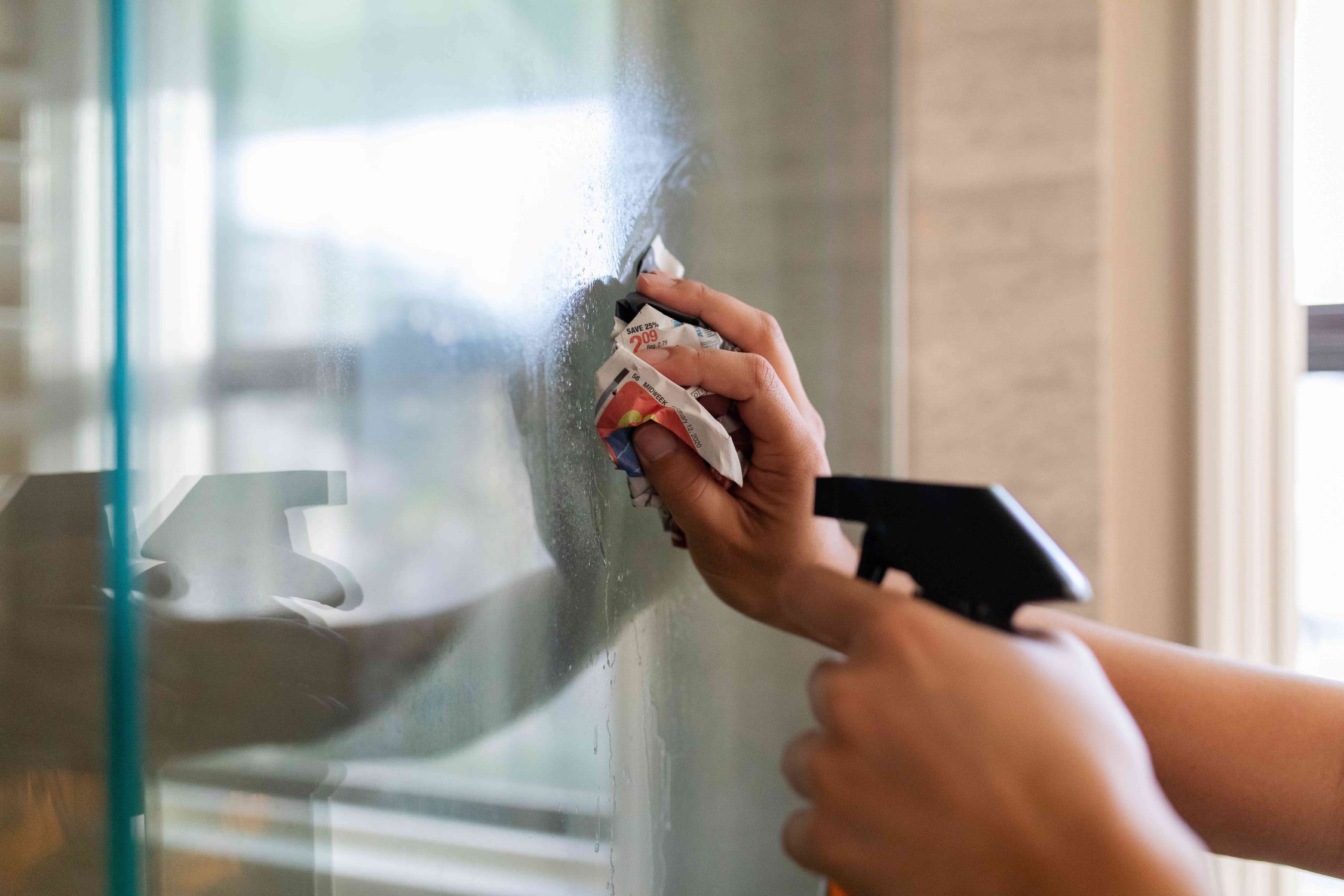
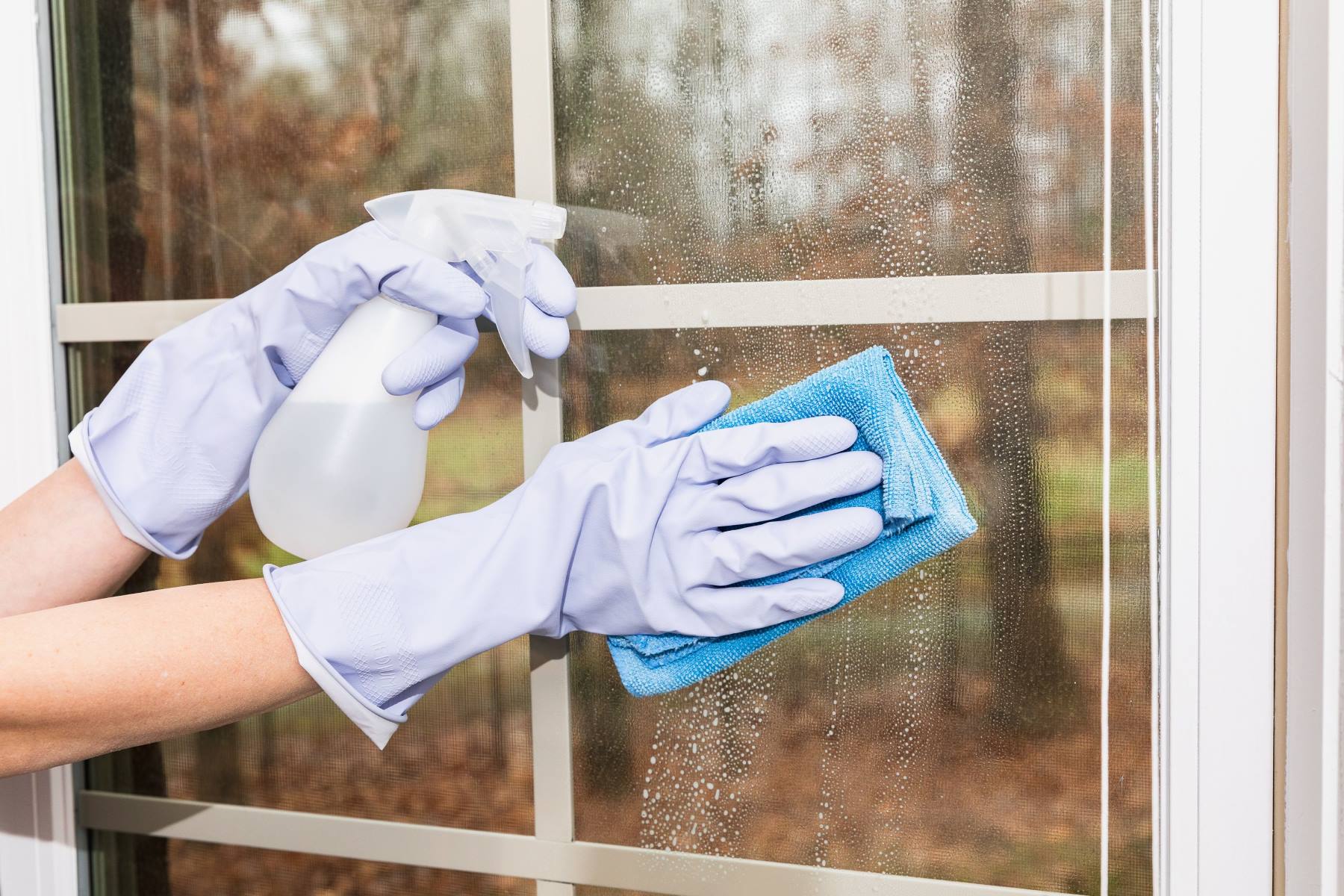
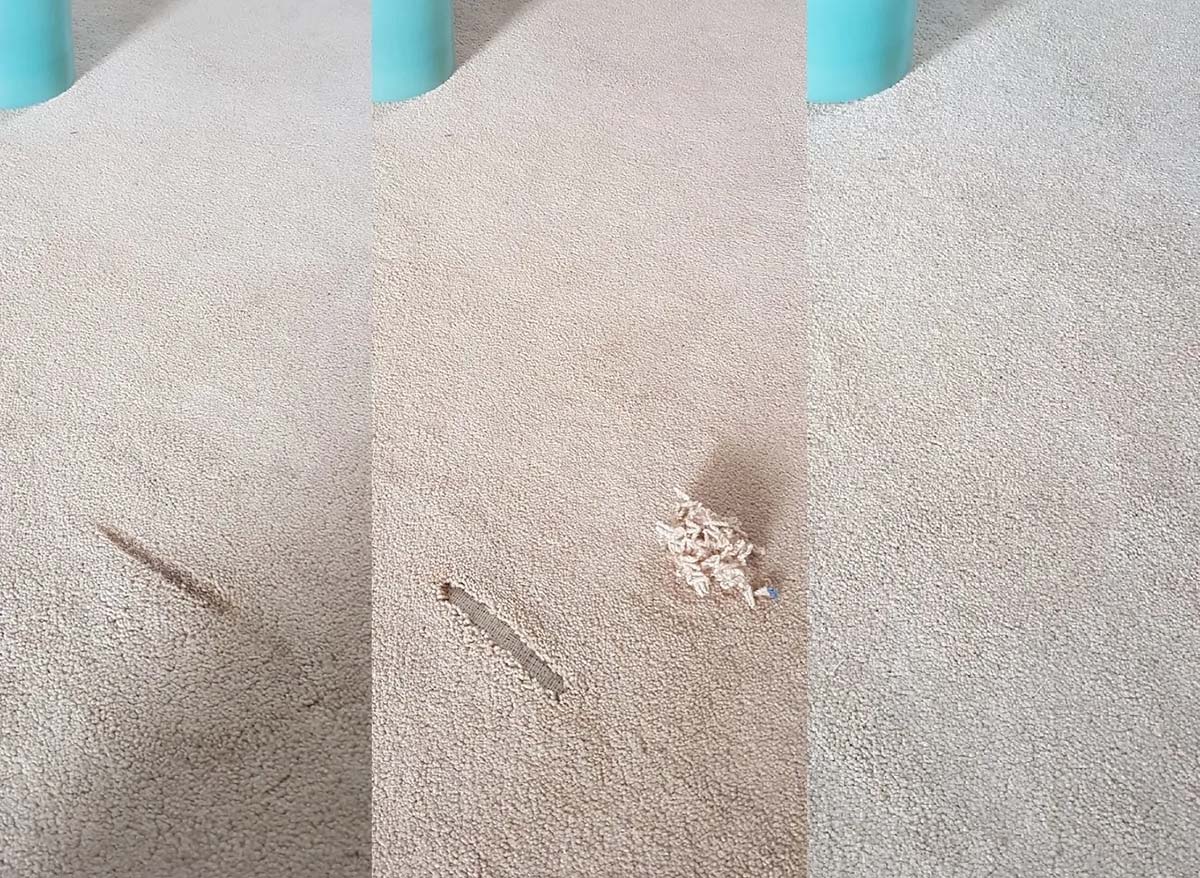
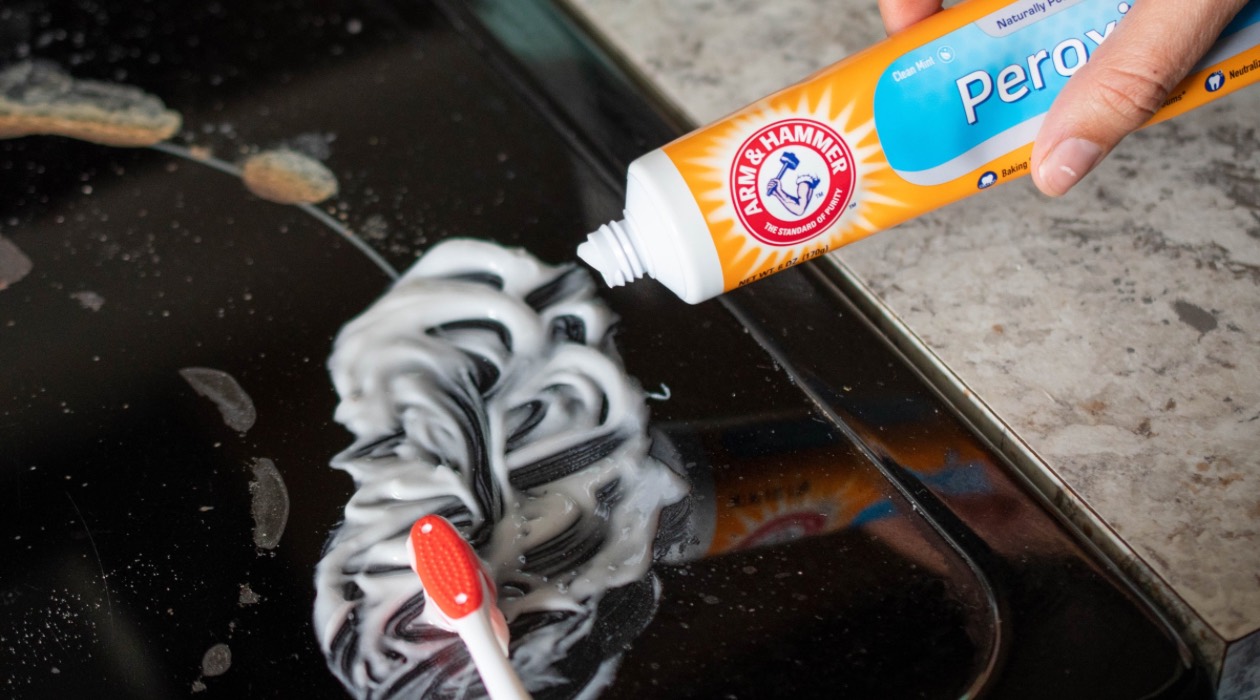
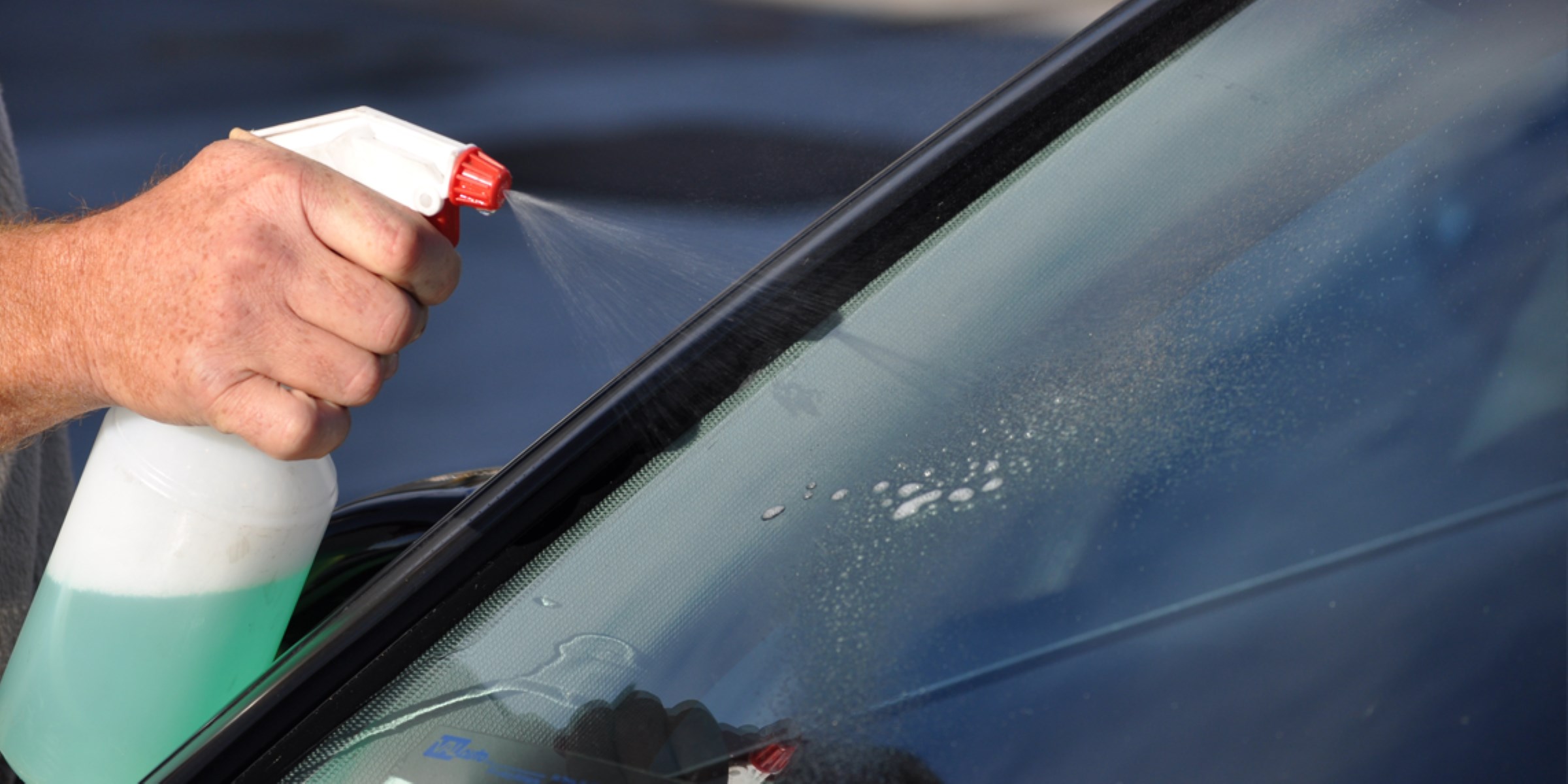
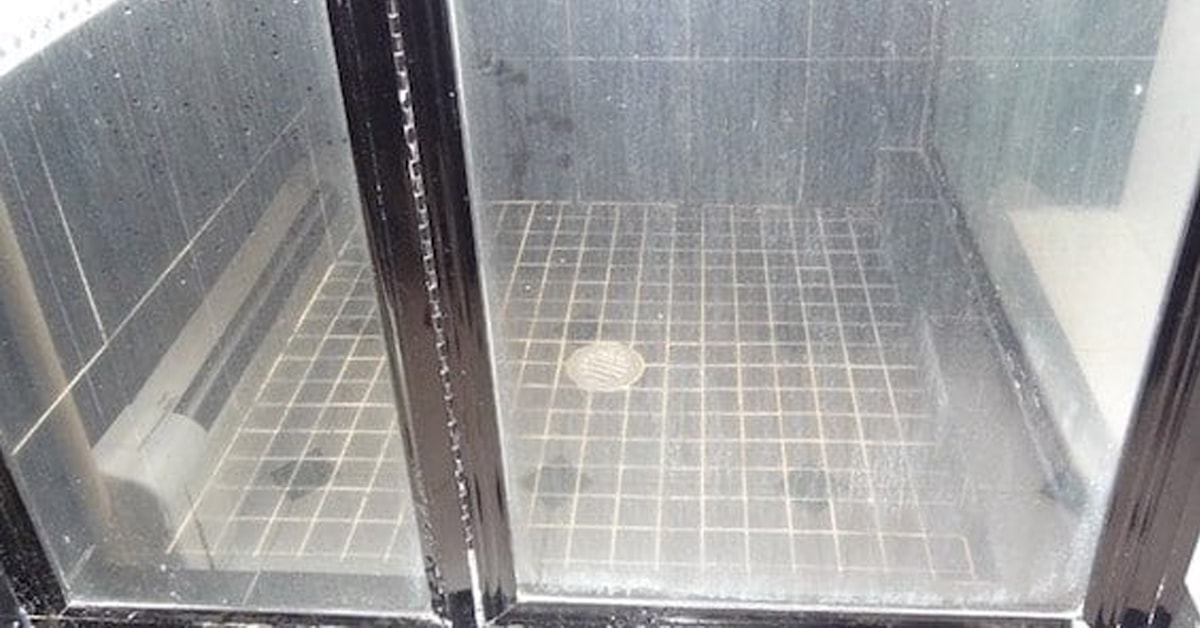
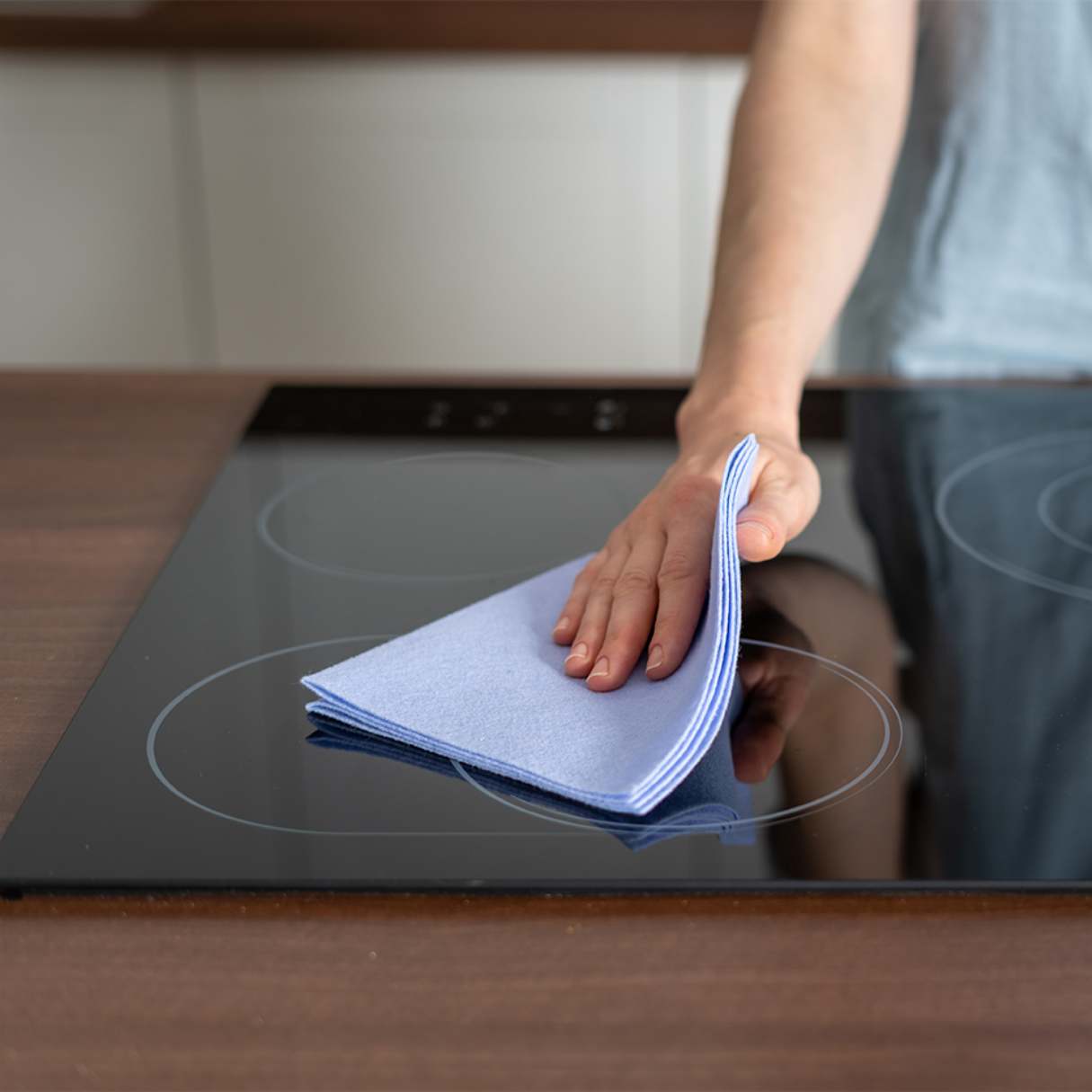
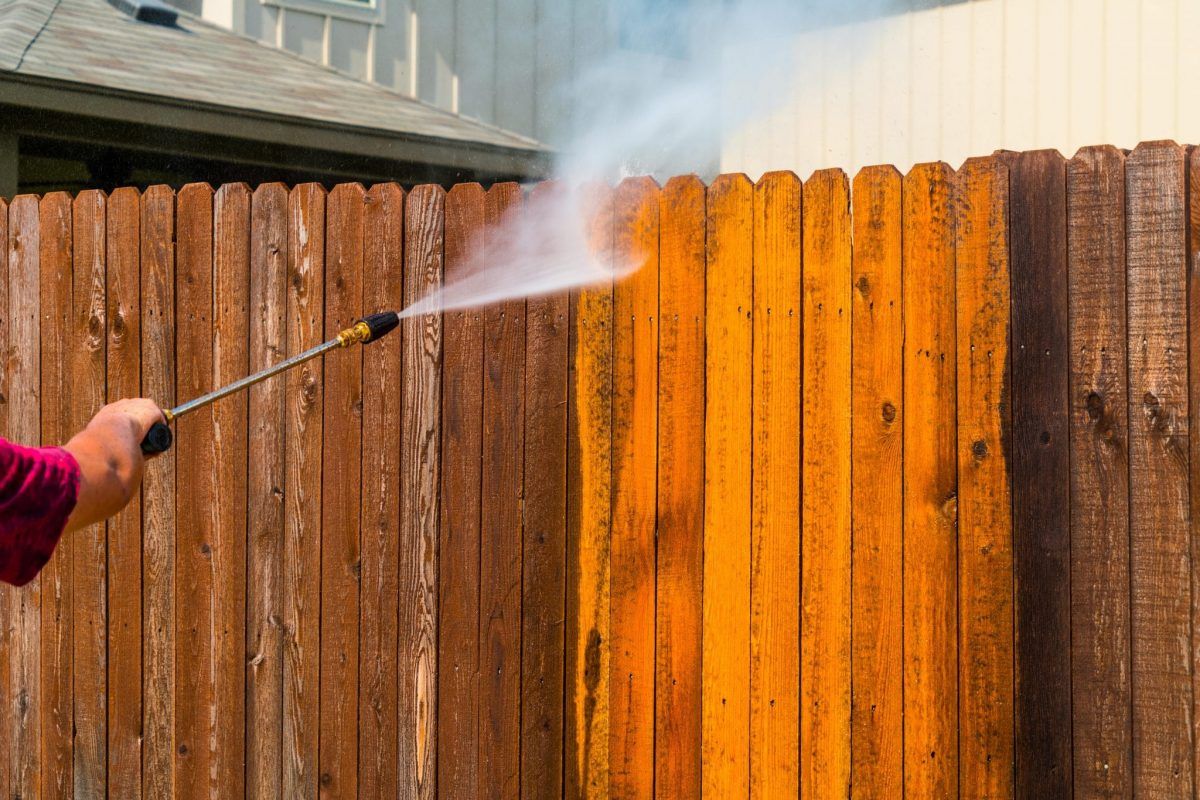
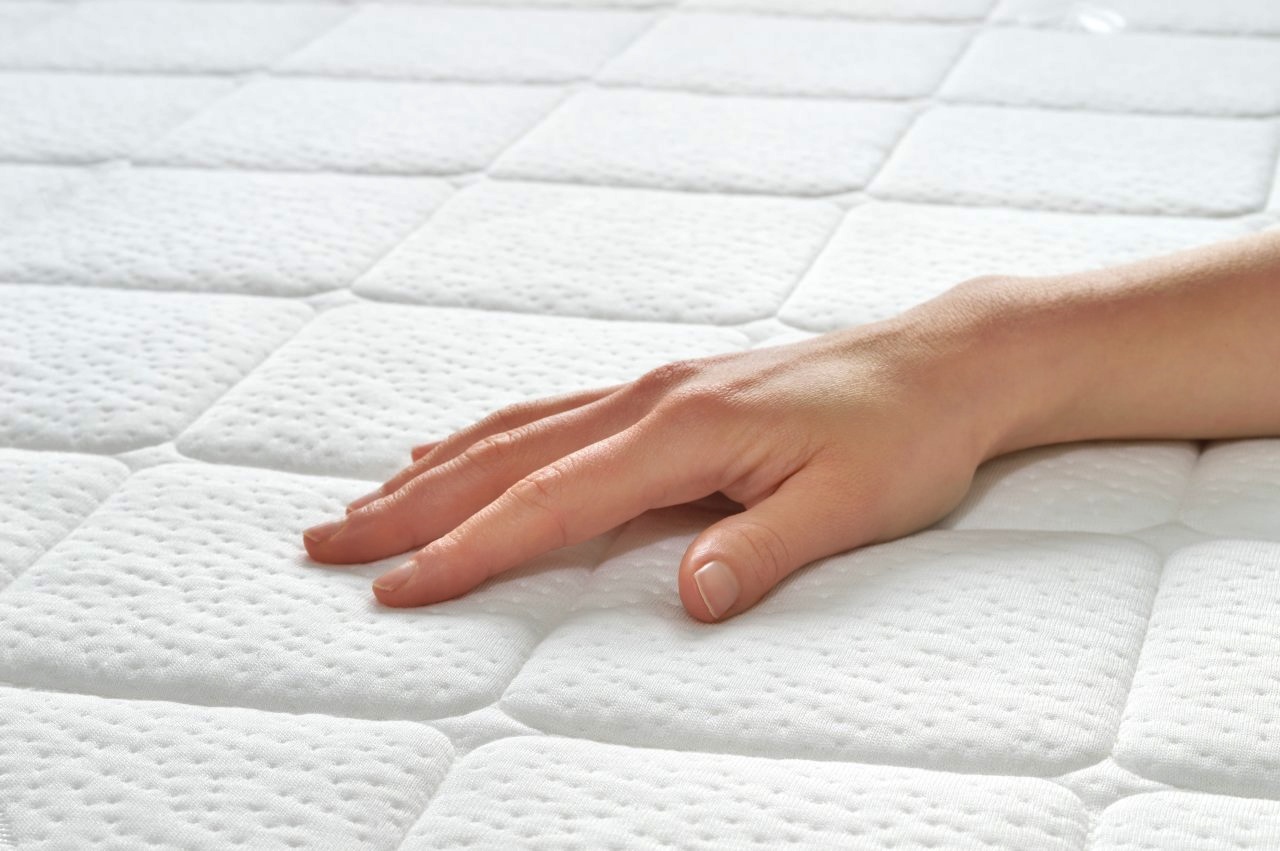

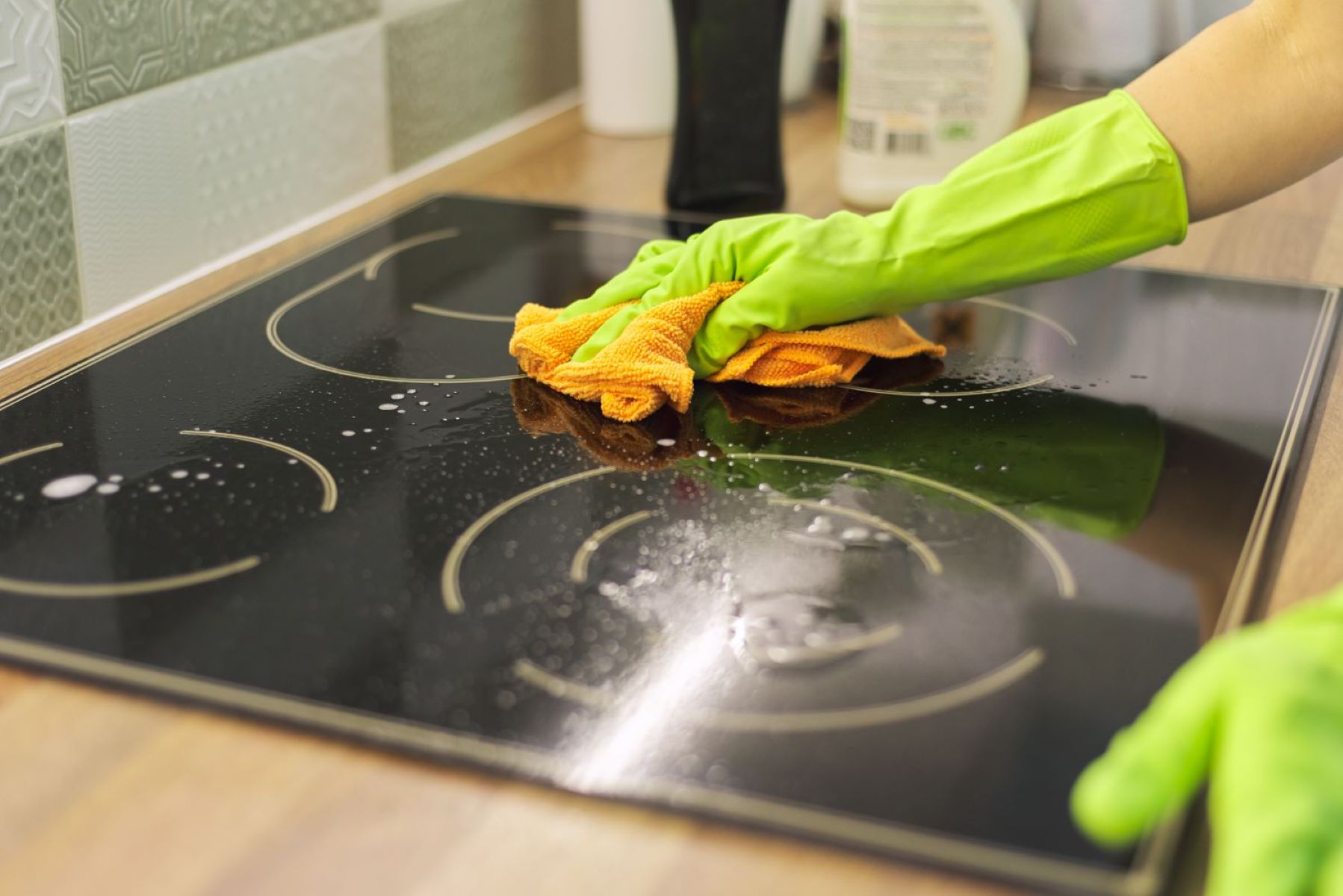

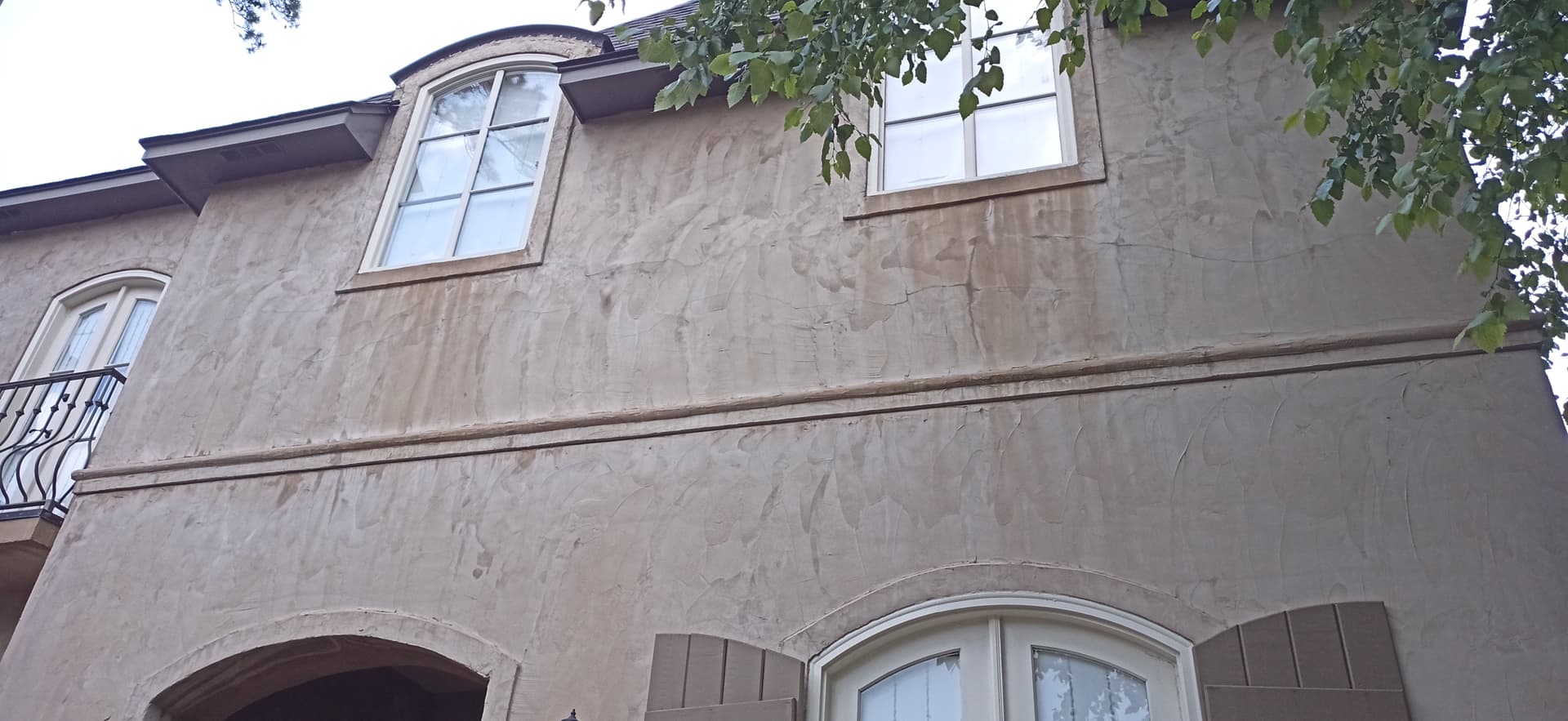
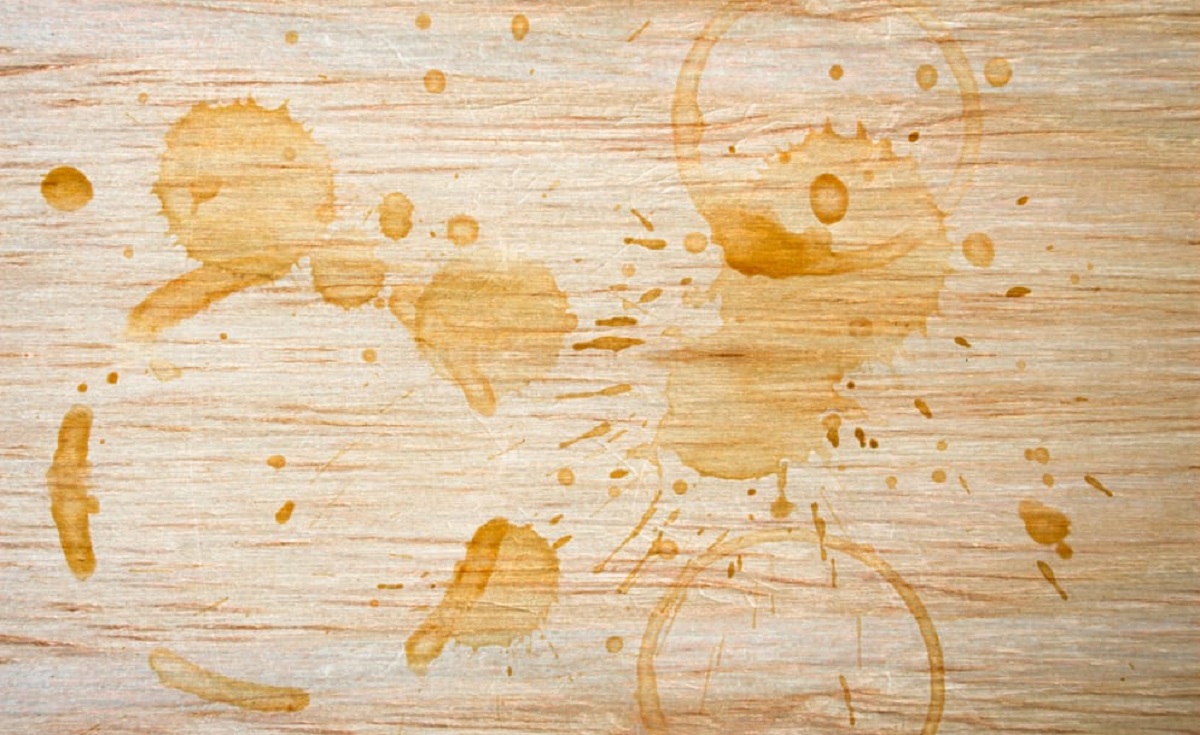

0 thoughts on “How To Remove Burn Stains From Glass Stovetop”